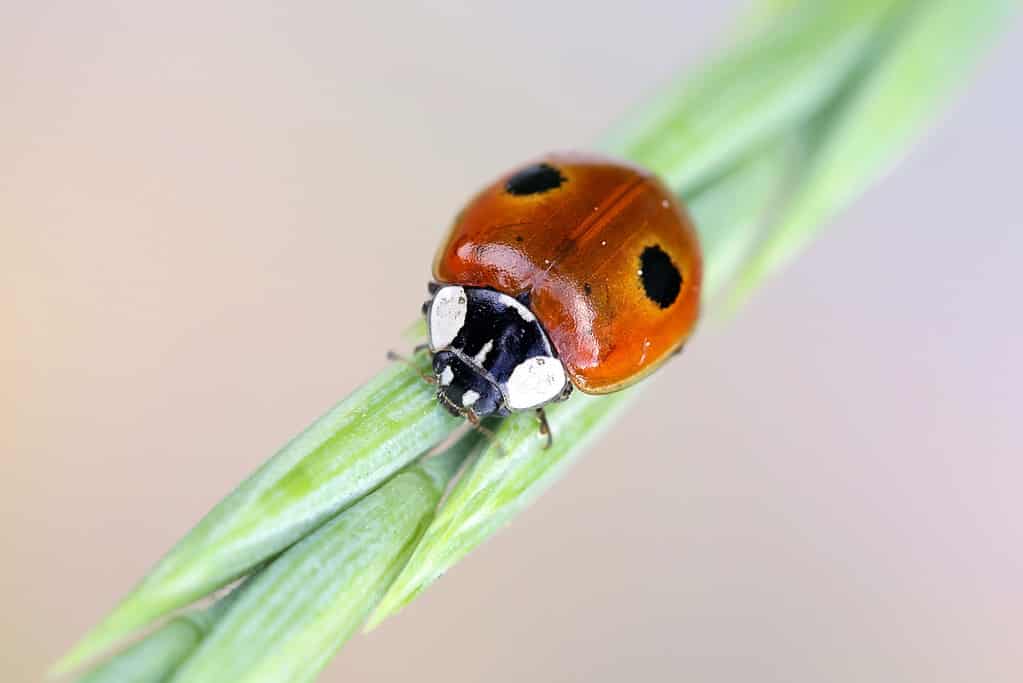Phylum is a classification of major groups of animals or plants that share fundamental traits or evolutionary relatedness. Phylum is the level of classification below kingdom but above class.

It is a ranking that comes third in the classification system.
©Casimiro PT/Shutterstock.com
How to Pronounce
Phylum is pronounced [fai·luhm]
Summary
Plant and animal species are grouped based on shared characteristics. Phylum is a ranking that comes third in the classification system.
Taxonomists classify plants and animals based on the following system:
- Domain
- Kingdom
- Phylum
- Class
- Order
- Suborder
- Animal Families
- Genus
- Species
Organisms in a phylum share group qualities that distinguish them from organisms in other phyla. Throughout history, the grouping of animals and plants in phyla has changed as classification methods are revised, and new information is discovered.
For example, with the advent of genetic testing, some groups have been found to have very different genetics than previously thought, and groupings of animals had to be updated.
How Many Animal and Plant Divisions Are There?
Today it is typically recognized there are around 35 animal phyla and 12 plant phyla, although these numbers may differ based on varying classification systems.

Starfish are part of the echinoderms.
©Vojce/Shutterstock.com
The majority of all animals belong to just nine divisions in the animal phyla. The most common animal phyla include:
- Porifera (Sponges)
- Cnidaria (Soft bodied stinging animals such as jellyfish)
- Platyhelminthes (Flatworms or tapeworms)
- Annelida (Segmented worms)
- Mollusca (Soft bodied aquatic animals such as clams, snails, and squid)
- Arthropoda (Invertebrates with an exoskeleton, such as spiders and ants)
- Chordata (A large number of animal species, including humans, dogs, pandas, and turtles)
- Nematoda (Roundworms)
- Echinoderms (Starfish)
Of the 12 plant divisions, only seven exist as living examples. The other five are extinct.
The seven living plant phyla include:
- Anthocerotophyta (Hornworts)
- Bryophyta (Mosses)
- Hepaticophyta (Liverworts)
- Lycophyta (Club mosses and scale trees)
- Pteridopsida (Ferns)
- Spermatophytes (Seed plants)
- Sphenopsida (Horsetails)
The five extinct plant divisions include:
- Trimerophytes (Early vascular plants without trees or roots)
- Zosterophylls (Early land plants)
- Cladoxylopsida (Related to modern-day ferns)
- Progymnosperms (Woody, spore-bearing plants)
- Rhyniophytes (Spore-bearing vascular plants that were leafless and rootless)
Each Phylum Descended From a Single Species

Arthropods are the most diverse group.
©Henri Koskinen/Shutterstock.com
Every phylum is monophyletic. This means the organisms in a single phylum were descended from a single species. Arthropods (insects) are the most diverse phylum. This group includes over one million different species. Scientists believe the first arthropods descended from segmented worm ancestors.
History of Classification
The Greek philosopher, Aristotle, was the first to classify plants and animals. He divided the living world into two distinctions: those which moved (animals) and those that did not move (plants). Within animals, Aristotle further classified them into two types: animals with blood and animals without blood. His grouping closely follows how scientists today classify vertebrates and invertebrates.
In 1866, German biologist Ernst Haeckel coined the term “phylum” from the Greek word phylon. Phylon means race or stock, and it’s related to the Greek word phyle, meaning tribe or clan.



